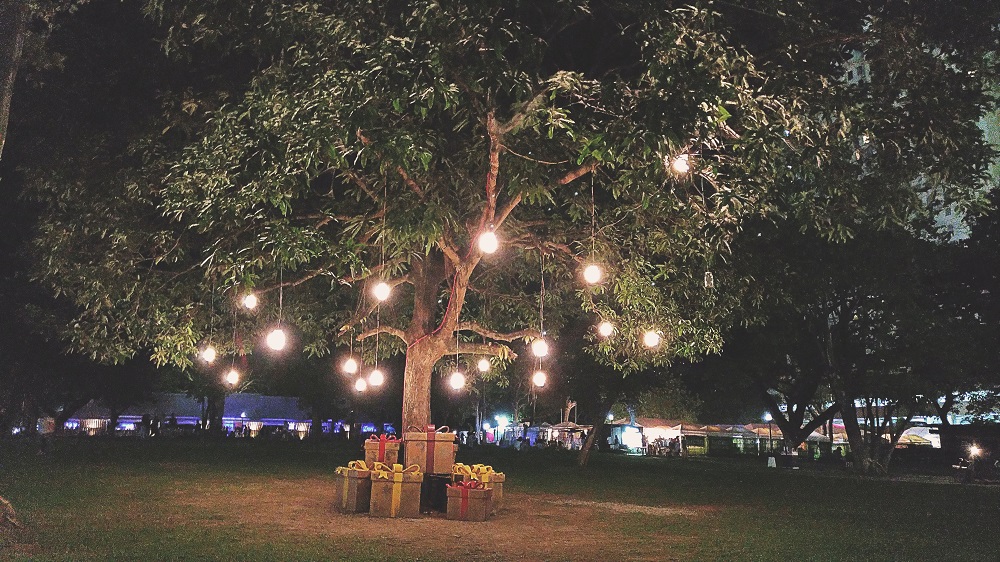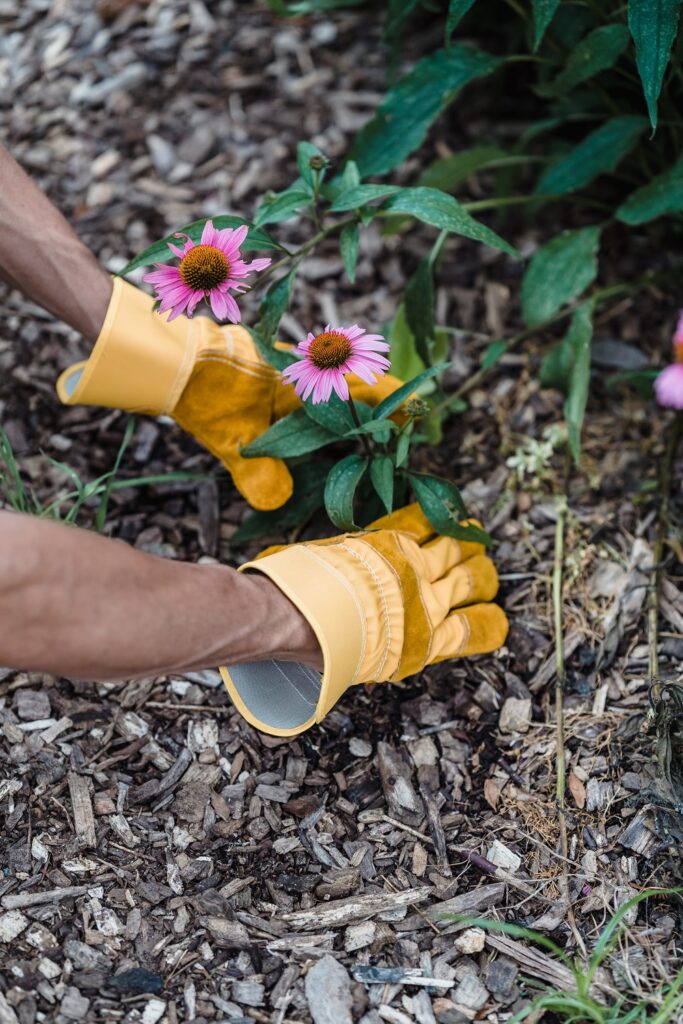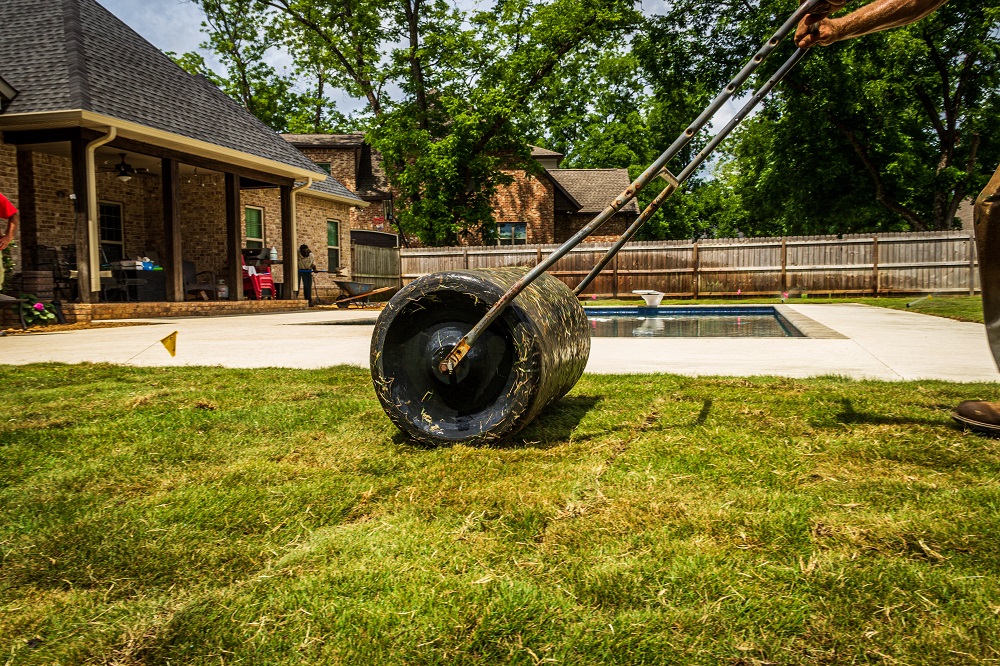Can A Landscaper Install Lighting: Illuminating Your Outdoor Spaces with Professional Expertise

When it comes to creating an enchanting and functional outdoor environment, lighting plays a crucial role. Properly designed and installed lighting can transform your landscape into a stunning nighttime oasis, enhancing its beauty, safety, and functionality. If you’re considering adding lighting to your outdoor spaces, you may wonder if a landscaper can handle this task. In this article, we’ll explore the capabilities of a landscaper in installing outdoor lighting and how they can help you achieve the perfect ambiance for your outdoor living areas.
1. Expertise in Landscape Design: Landscapers possess a deep understanding of landscape design principles, including the interplay of light and shadow. They can assess your outdoor spaces, taking into account the existing landscape features, architecture, and focal points. A landscaper can design a lighting plan that highlights the unique characteristics of your landscape, such as trees, pathways, water features, or architectural elements. Their expertise ensures that the lighting installations are strategically placed to create visual interest and draw attention to the most captivating aspects of your outdoor spaces.
2. Knowledge of Lighting Techniques: Landscapers are well-versed in various lighting techniques that can bring your outdoor spaces to life. They understand how different lighting types, such as spotlights, path lights, uplights, and downlights, can be used to create specific effects. Landscapers can employ techniques like accent lighting to highlight focal points, silhouette lighting to create dramatic effects, or moonlighting to simulate the gentle glow of the moon. By utilizing these techniques, a landscaper can evoke different moods and atmospheres in your outdoor spaces, from intimate and cozy to vibrant and energetic.
3. Selection of Lighting Fixtures: Choosing the right lighting fixtures is crucial for achieving the desired lighting effects and ensuring durability in outdoor environments. Landscapers have knowledge of the wide range of lighting fixtures available, including weather-resistant and energy-efficient options. They can guide you in selecting fixtures that not only match your design preferences but are also suitable for the specific requirements of your outdoor spaces. A landscaper can recommend fixtures that withstand harsh weather conditions, resist corrosion, and provide the appropriate amount of illumination for each area.
4. Proper Wiring and Installation: Installing outdoor lighting requires proper wiring and electrical connections to ensure safety and functionality. Landscapers are skilled in handling electrical work related to landscape installations. They understand the requirements for burying wiring, protecting it from damage, and connecting it to power sources. Landscapers can ensure that all lighting fixtures are correctly wired and integrated into your landscape, taking care to hide wires and create a seamless installation. By entrusting the installation to a professional, you can have peace of mind knowing that your outdoor lighting is installed correctly and operates safely.
5. Integration with Landscape Elements: A major advantage of hiring a landscaper for lighting installation is their ability to seamlessly integrate lighting fixtures with your existing landscape features. They can hide fixtures within plantings, behind rocks, or along pathways, allowing the lighting to blend harmoniously with the natural surroundings. Landscapers understand the importance of maintaining the overall aesthetic appeal of your landscape while adding lighting elements. They can create a cohesive design that complements the existing landscape elements, ensuring that the lighting installations enhance the overall beauty of your outdoor spaces.
6. Energy Efficiency and Sustainability: Landscapers can guide you towards energy-efficient lighting options that reduce energy consumption and minimize environmental impact. They can recommend LED lighting, which consumes less electricity and has a longer lifespan compared to traditional incandescent or halogen bulbs. By incorporating energy-efficient lighting solutions, a landscaper can help you create an environmentally friendly outdoor lighting system that reduces energy costs and supports sustainability.
7. Ongoing Maintenance and Support: Outdoor lighting systems require periodic maintenance to ensure optimal performance and longevity. Landscapers can provide ongoing maintenance and support for your lighting installations. They can offer services such as bulb replacements, fixture cleaning, and troubleshooting any issues that may arise. Regular maintenance by a professional landscaper ensures that your outdoor lighting continues to function properly and maintains its desired effects over time. Additionally, landscapers can assist with seasonal adjustments, such as changing the intensity or direction of lighting to accommodate changes in landscape growth or to adapt to different seasons or events.
8. Safety and Security: Outdoor lighting not only enhances the visual appeal of your landscape but also contributes to safety and security. A well-lit outdoor space deters potential intruders and improves visibility, reducing the risk of accidents. Landscapers understand the importance of proper placement of lighting fixtures to ensure adequate illumination for walkways, stairs, and other high-traffic areas. They can help create a lighting design that promotes safety and provides peace of mind for you and your family.
9. Customized Solutions: Every landscape is unique, and a professional landscaper can provide customized lighting solutions tailored to your specific needs and preferences. They can work closely with you to understand your vision and design outdoor lighting that reflects your style and enhances your outdoor lifestyle. Whether you desire soft, subtle lighting for intimate gatherings or vibrant, dynamic lighting for lively events, a landscaper can bring your ideas to life and create a customized lighting design that perfectly suits your outdoor spaces.
10. Cost-Effectiveness: While hiring a professional landscaper for lighting installation involves an initial investment, it can be a cost-effective choice in the long run. Landscapers have access to wholesale suppliers and can help you source high-quality lighting fixtures at competitive prices. Moreover, their expertise in efficient installation and maintenance ensures that your lighting system operates optimally, minimizing the need for repairs and replacements down the line. A landscaper’s knowledge of energy-efficient options can also contribute to reducing long-term energy costs.
A landscaper can indeed handle the installation of outdoor lighting, bringing their expertise in landscape design, lighting techniques, and electrical work to create a captivating and functional outdoor environment. By enlisting the services of a professional, you can benefit from their knowledge of lighting fixtures, their ability to seamlessly integrate lighting with existing landscape elements, and their commitment to energy efficiency and sustainability. A landscaper can provide ongoing maintenance and support to keep your lighting system in excellent condition while ensuring safety, security, and a customized lighting design that complements your outdoor lifestyle. Illuminate your outdoor spaces with professional expertise, and enjoy the beauty, functionality, and ambiance that well-designed lighting can bring.



